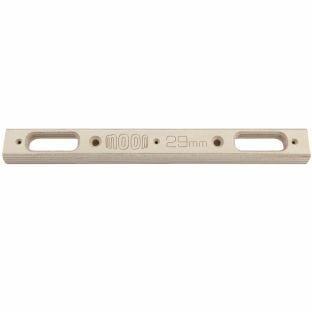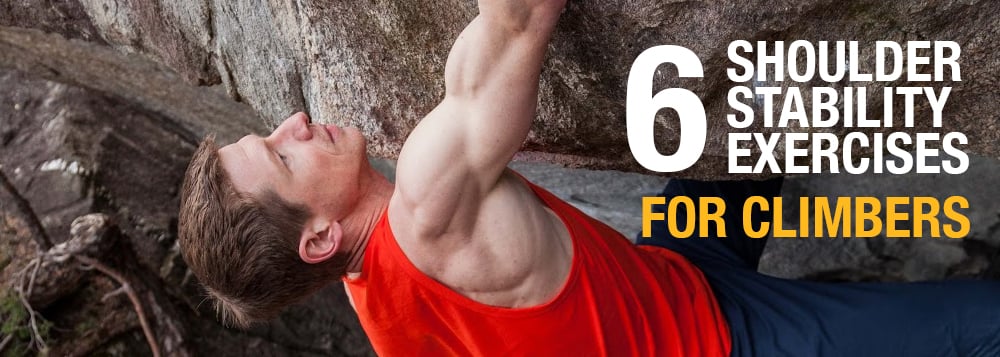
Author: Olivia Ratcliffe
Why train shoulder stability? Why even practice these tedious, boring exercises? Well, for one it reduces your risk of shoulder injury, and two, it can enhance your climbing performance and ability. Now that's two good reasons for a start!
Most climbers focus on getting stronger, doing pull ups, muscle ups, lock off training and weighted dead hangs. These training methods will get your mobilising muscles stronger, however, what about the stabilising muscles? Stabilising muscles work at a lower intensity for long periods of time. They help with posture and also help the mobilising muscles to function better, therefore making you stronger. The rotator cuff muscles work to stabilise the shoulder. One study found that a decrease in rotator cuff muscle force, resulted in a greater humeral head displacement, making you more susceptible to shoulder injuries. In climbing this is very common and this means a lack of shoulder flexibility, which again isn't great for climbers.
The following exercises can help injured and non-injured climbers and should be done regularly. The joy of these exercises is that you can do as little as one session a week or do it every other day. However, I'd recommend working up to it or adding some of the following exercises to your warm up.
1. Wall Arm Circles
This exercise increases shoulder flexibility and may help you to gain a few extra inches of reach - a great exercise for short climbers like myself!
Stand with your side to the wall. Complete an arm circle. Try to go as slow and controlled as possible. Try and keep the palm of your hand flat against a wall. Set your shoulders before completing the circles. Start by standing a few inches away from the wall and gradually work your way closer to the wall, as shown in the photo.
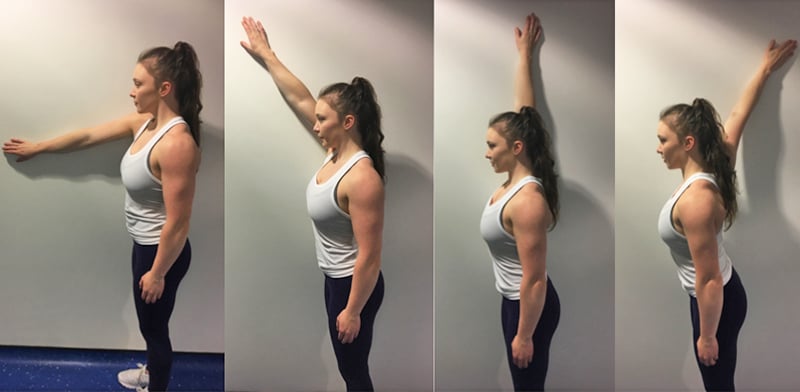
2. Gym Ball Prone Balance
Lie on a bed or the floor on your back. Start off with a tennis ball and try to balance it in your hand. Hold your arm a few inches away from the floor and have a play about with the angles and height. Try to hold it for 15-20 seconds. It should feel easy at first and you should start to feel a burning sensation in your rhomboid muscles and rotator cuff muscles. If a tennis ball is too easy, try to use a football. Again, if this is too easy try to use a gym ball. The gym ball is a lot harder to balance and you should try not to pinch the ball to hold it still. It sounds a lot easier than what it is, so why not give it a go!
Try to complete 5 to 10 reps of 15-second holds. Experiment with different arm positions other than 90-degrees to see which angles are you weakest.


3. Resistance Band On A Wall
Stand a foot away from a flat wall, hold a resistance band between your hands. Hands should be parallel and elbows should be kept bent at around 90-degrees. Move your hands up and down the wall in a step-like manner. The amount of stretch/resistance in the band will make it either harder or easier.

4. Pole Prone Lift
Lie on the floor on your front. With your arms above you, hold onto a pole, broom stick, clipping stick etc and hold it above your head. Then lift the bar/pole a few inches off the ground, but try not to use your upper trapezius muscles. Instead, tense your rhomboid muscles and hold the pole this position for 30 seconds and slowly bring it back down. The key is not to see how far back you can get the pole, but how well you can turn off the mobilising muscles (traps) and turn on the stabilising muscles.

5. Kettlebell Hold
Lie on your back and hold a kettlebell in the air. Sounds easy? Well, when you hold the kettlebell make sure that your wrist is straight. Do not bend the wrist inwards. Whilst holding this position, try and let the weight of the kettlebell drop your arm into the socket. You should be able to feel this sensation. Aim to have your arm straight, exactly perpendicular to your body. See how long you can hold it for. You should be able to hold it for around 2-3 minutes, aiming for 3-4kg weight. This may be harder than it looks.
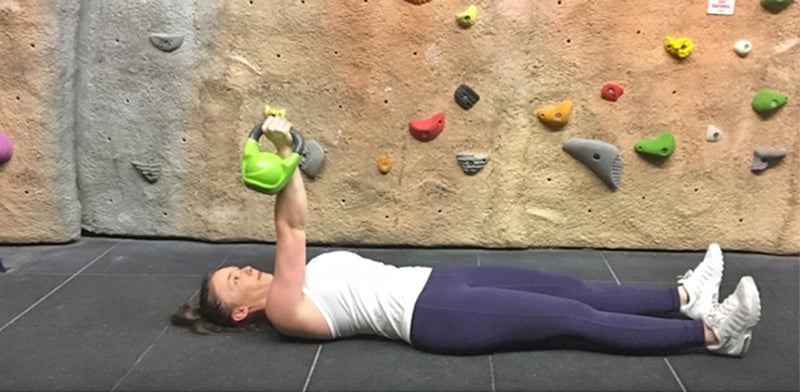
6. Resistance Band Row
Attach a resistance band to a solid base and take a few steps back. In a lunged position, arms straight, pull the resistance band back so your arms are in a 90 degree position. Both at the shoulder and the elbow. Then rotate the arm so your hands are facing upwards, then press out of this position so that your arms are straight. Then reverse it to get back to the start, so bring your arms back down, rotate so arms are then flat and then straighten the arms to finish.
A progression from this exercise is to press out once your arms are at 90-degrees.
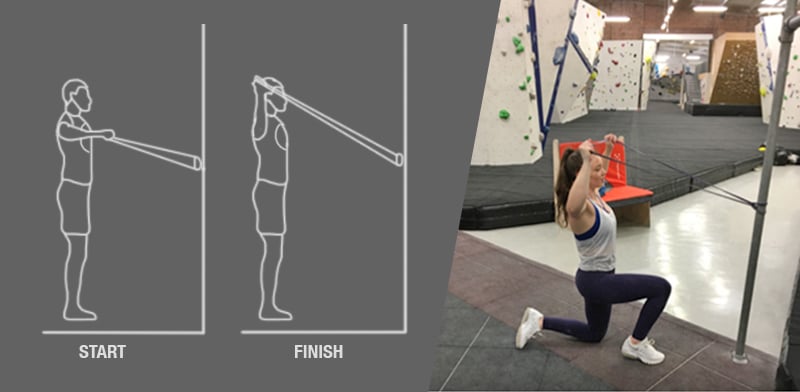
If you suffer from shoulder instability and want a tailored shoulder stability training program, or further information, email [email protected].


